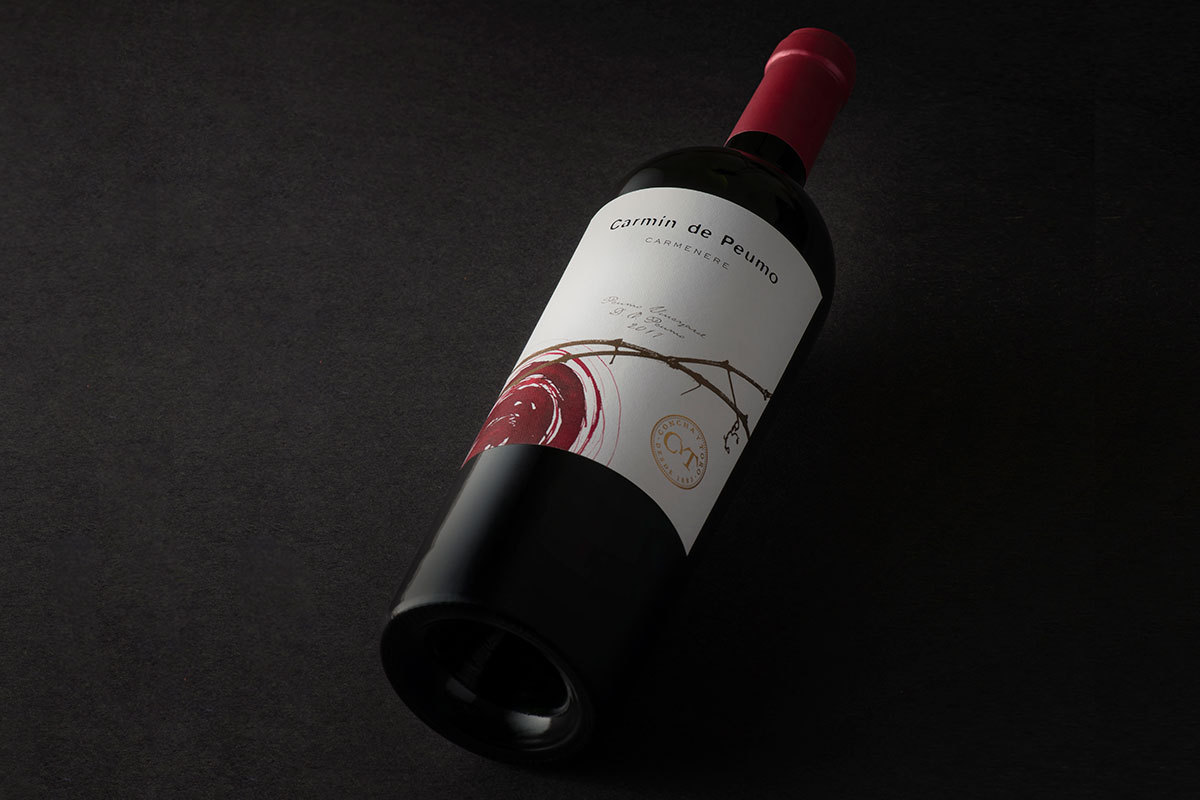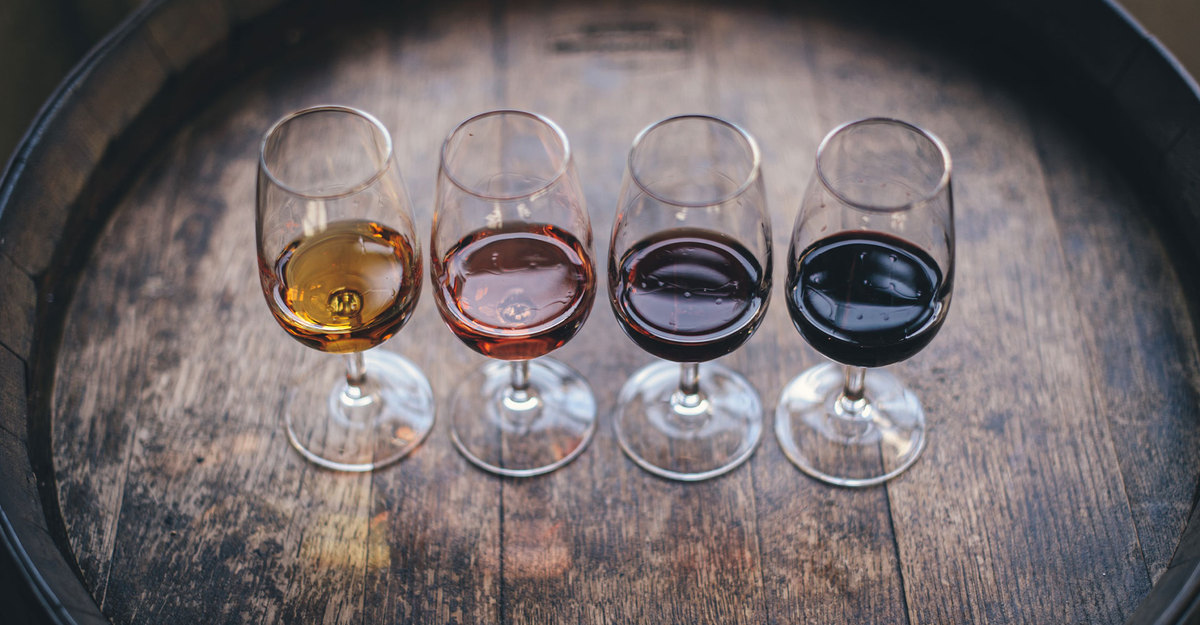13 de January de 2021
What is wine body?
In simple words, the wine body is the way the wine feels inside our mouth. A good exercise to understand this, is to remember how skim milk feels on your palate compared to whole milk. Clearly there is a difference that is related to its fat content, which gives it more or less density. In the case of wine, it is something similar. However, it is determined by other factors.
The amount of sugar, alcohol, acidity and tannins in a wine are the elements that give a wine its structure. And these in turn, make up a wine’s body. Thus, the wines may have a lower or higher density.
In the world of wine there are three categories to define and classify the wine body: light, medium or full. Where the light body is the one that feels lighter with less viscosity in the mouth, and the full body is the one that covers every corner of your palate and has more viscosity.
To understand it better, we explain how these factors affect wines individually. Thus, the next time you choose a wine, you will have more and better information to find what you are looking for.
-
Alcohol
The more alcohol a wine has, the greater is the warming sensation and density on the palate. To give you an idea, wines with an alcoholic level above 14% usually have a full body. Check it out with Carmín de Peumo 2017, an exquisite and balanced Carmenere that fills the mouth with its ripe tannins and at the same time has an alcoholic level of 14.5%. While those with a level under 12.5% are usually associated to light-bodied wines.

-
Tannins
As we were telling you, tannins also influence the wine’s body. In case you don’t remember, they are the element that gives wines astringency and bitterness, and they are present in the grape seeds and skin. Although there are grape varieties that have very little tannins. Especially white varieties. While in reds, there is a big range. Casillero del Diablo Cabernet Sauvignon, for example, is a much more tannic and full-bodied wine, compared to Amelia Pinot Noir, which is naturally lower in tannin (and therefore a very light wine with a paler colour).
But tannins are also present in oak. For this reason, barrel-aged wines generally have a full body. And here the case of Chardonnay is interesting. Because although it is a naturally low tannin grape variety, it is usually fermented and aged in oak barrels, so this contact with oak transforms it into one of the most full-bodied white wines available. We invite you to do the test drinking a glass of Amelia Chardonnay and feeling its weight in your mouth.

-
Acidity
Have you noticed that those wines that make your mouth watering are more acidic? This is what happens every time we drink a glass of a light-bodied wine like Terrunyo Sauvignon Blanc. Whereas when we drink wines with lower acidity, we feel that its body is much more rounded or full.

-
Sugar
And finally, there is a factor that is rarely mentioned on wine labels. We are talking about residual sugar. You may wonder, what is this? Well, it is the amount of sugar that was not fermented (to produce alcohol) and that is left in the wine. When you talk about a dry wine, it means that it is a wine with a lower residual sugar level. Whereas a sweet wine, it will have a high residual sugar level.
In addition, the higher the sugar level, the greater the sensation of density of the wine in our mouth. That is, a full-bodied wine.












